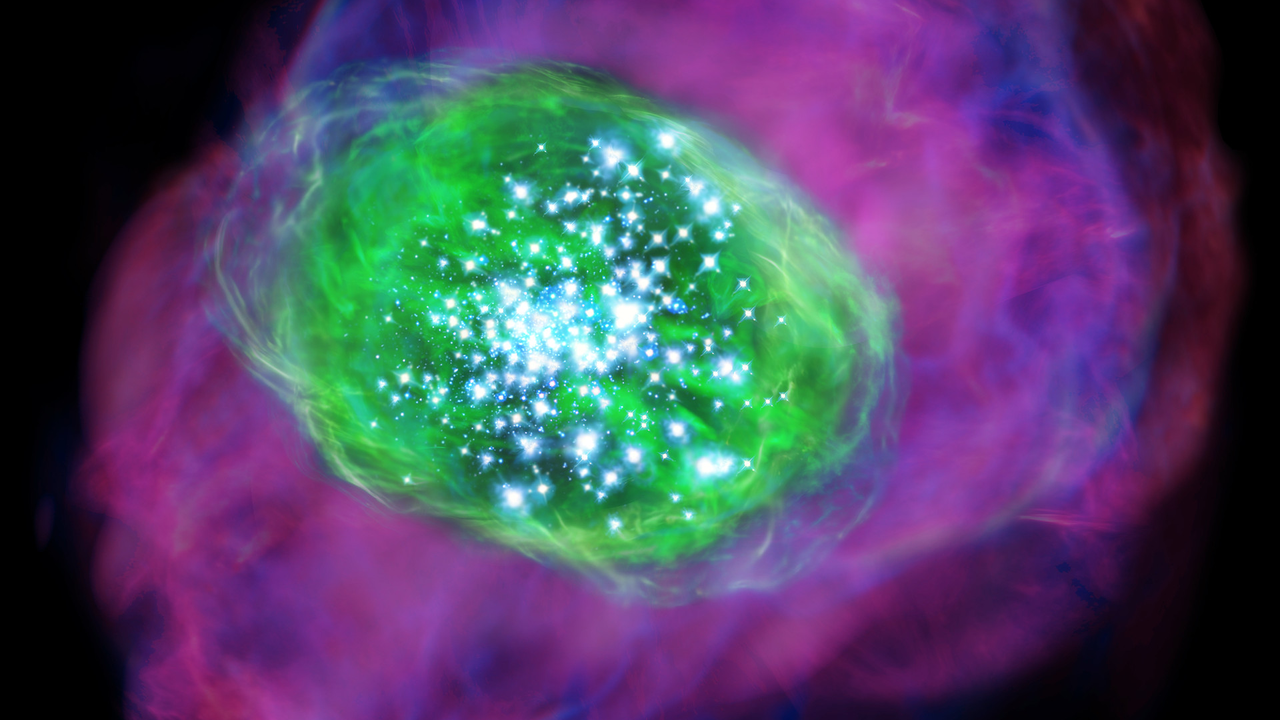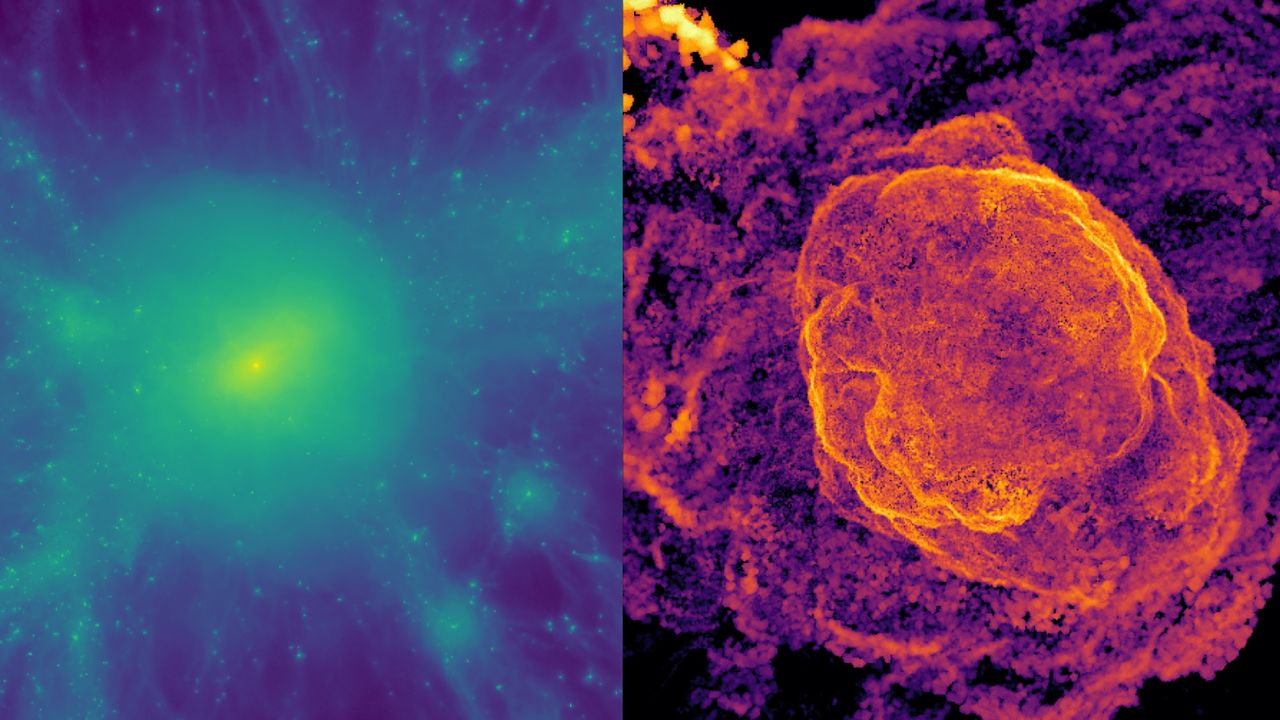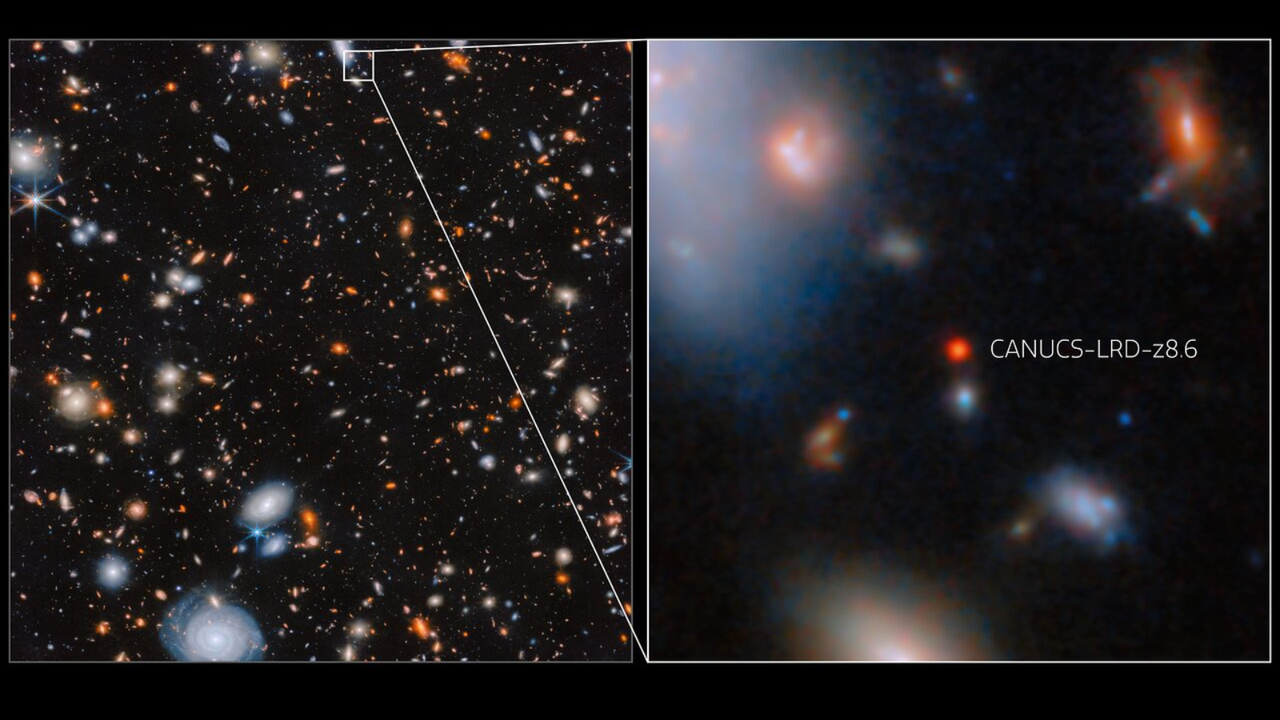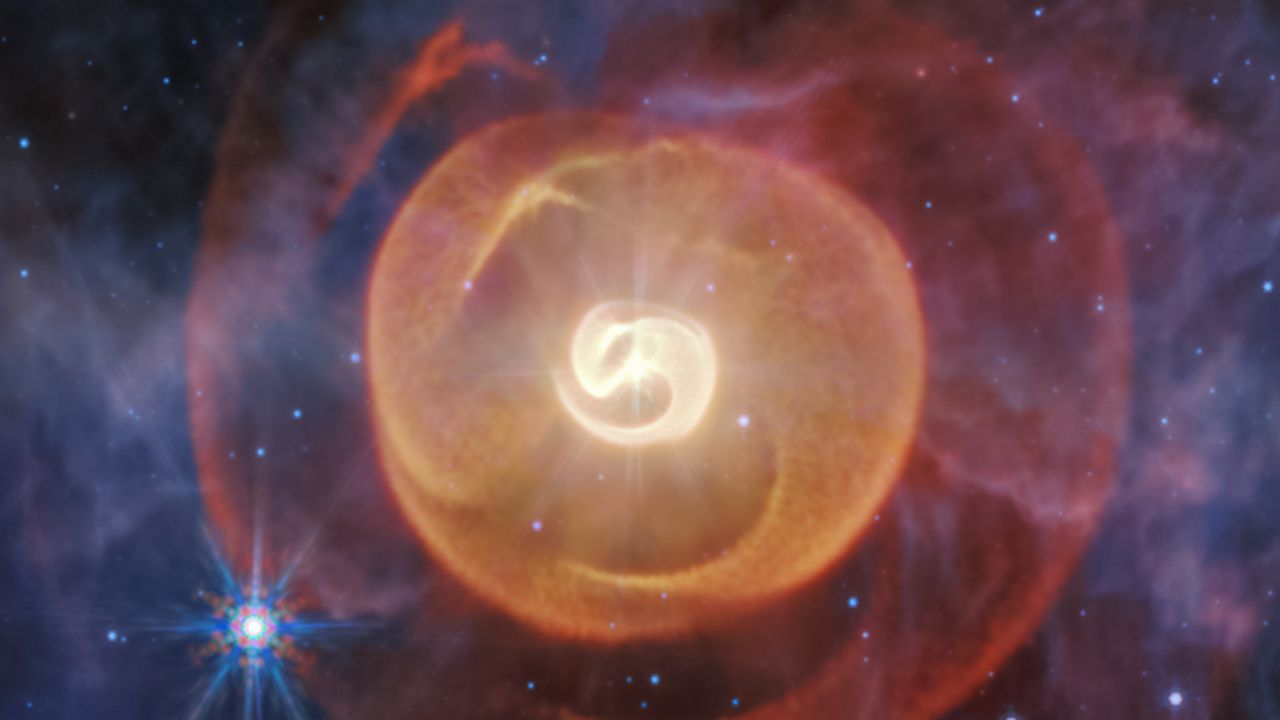James Webb Space Telescope spots a gassy baby galaxy throwing a tantrum in the early universe
NeutralScience

- The James Webb Space Telescope has identified a gassy baby galaxy in the early universe that is expected to exhaust its gas supply in a few hundred million years. This discovery highlights the dynamic processes occurring in the universe's infancy.
- Understanding the behavior of this galaxy is crucial for astronomers as it may provide insights into galaxy formation and evolution during the early stages of the universe.
- This finding aligns with ongoing research into the formation of galaxies and cosmic structures, as astronomers continue to explore the complexities of the universe's early conditions and the survival of celestial bodies in harsh environments.
— via World Pulse Now AI Editorial System




